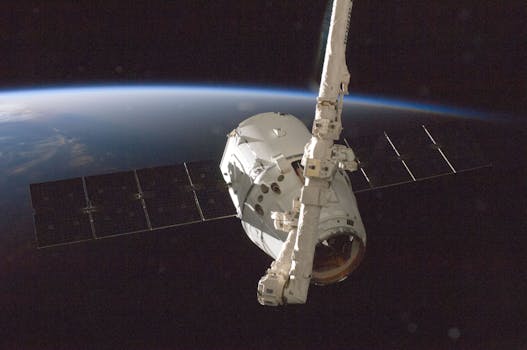
LEO Satellites: The Future of Global Connectivity
Introduction to LEO Satellites
LEO satellites, or Low Earth Orbit satellites, are a type of satellite that orbits the Earth at an altitude of around 160 to 2,000 kilometers.
These satellites have been gaining popularity in recent years due to their potential to provide faster and more reliable internet connections, especially in areas where traditional connectivity options are limited.
One of the main advantages of LEO satellites is their low latency, which is the delay between the time data is sent and the time it is received. This is because LEO satellites are much closer to the Earth than traditional geostationary satellites, which orbit at an altitude of around 36,000 kilometers.
The Benefits of LEO Satellites
LEO satellites have several benefits that make them an attractive option for global connectivity. One of the main benefits is their ability to provide high-speed internet access to remote and underserved areas. This is especially important for communities that lack access to traditional connectivity options, such as fiber optic cables or cell towers.
Another benefit of LEO satellites is their potential to provide backup connectivity during natural disasters or other emergencies. In the event of a disaster, traditional communication infrastructure can be damaged or destroyed, leaving people without access to vital information and communication services.
LEO satellites can also provide connectivity to moving vehicles, such as ships, planes, and cars. This is especially useful for industries such as maritime, aviation, and logistics, where reliable and fast communication is crucial.
Challenges and Limitations of LEO Satellites
While LEO satellites have many benefits, they also have some challenges and limitations. One of the main challenges is the high cost of launching and maintaining a constellation of LEO satellites. This is because LEO satellites have a relatively short lifespan, typically ranging from 5 to 10 years, and must be replaced regularly.
Another challenge is the issue of congestion in the LEO satellite band. As more and more LEO satellites are launched, the risk of interference and congestion increases, which can impact the quality of service and reliability of the network.
Additionally, LEO satellites are subject to regulatory challenges, such as obtaining licenses and approvals from governments and regulatory agencies. This can be a time-consuming and costly process, especially for companies that are new to the satellite industry.
Conclusion
LEO satellites are an exciting and rapidly evolving technology that has the potential to revolutionize the way we communicate and access the internet. While there are challenges and limitations to overcome, the benefits of LEO satellites make them an attractive option for global connectivity.
